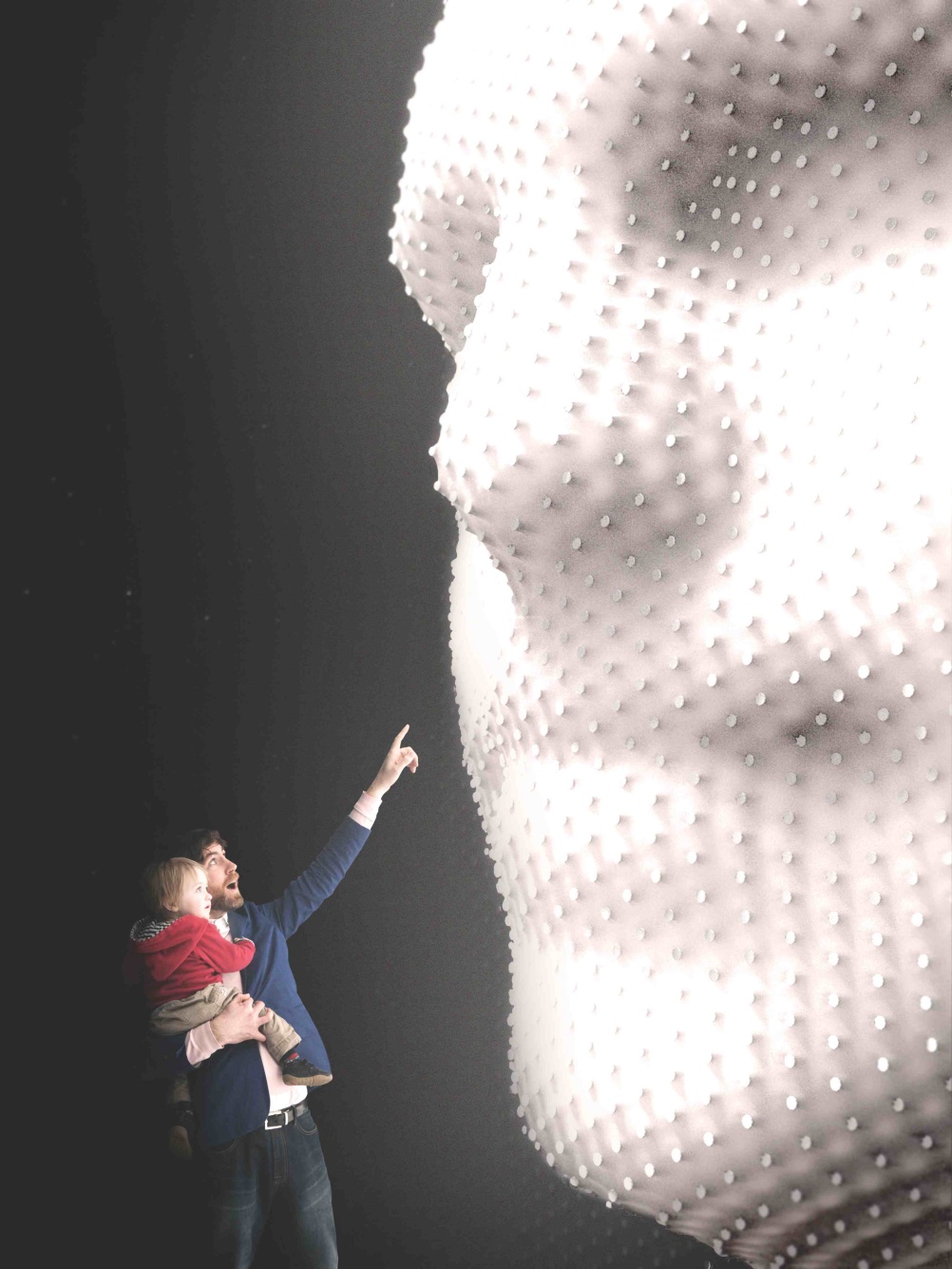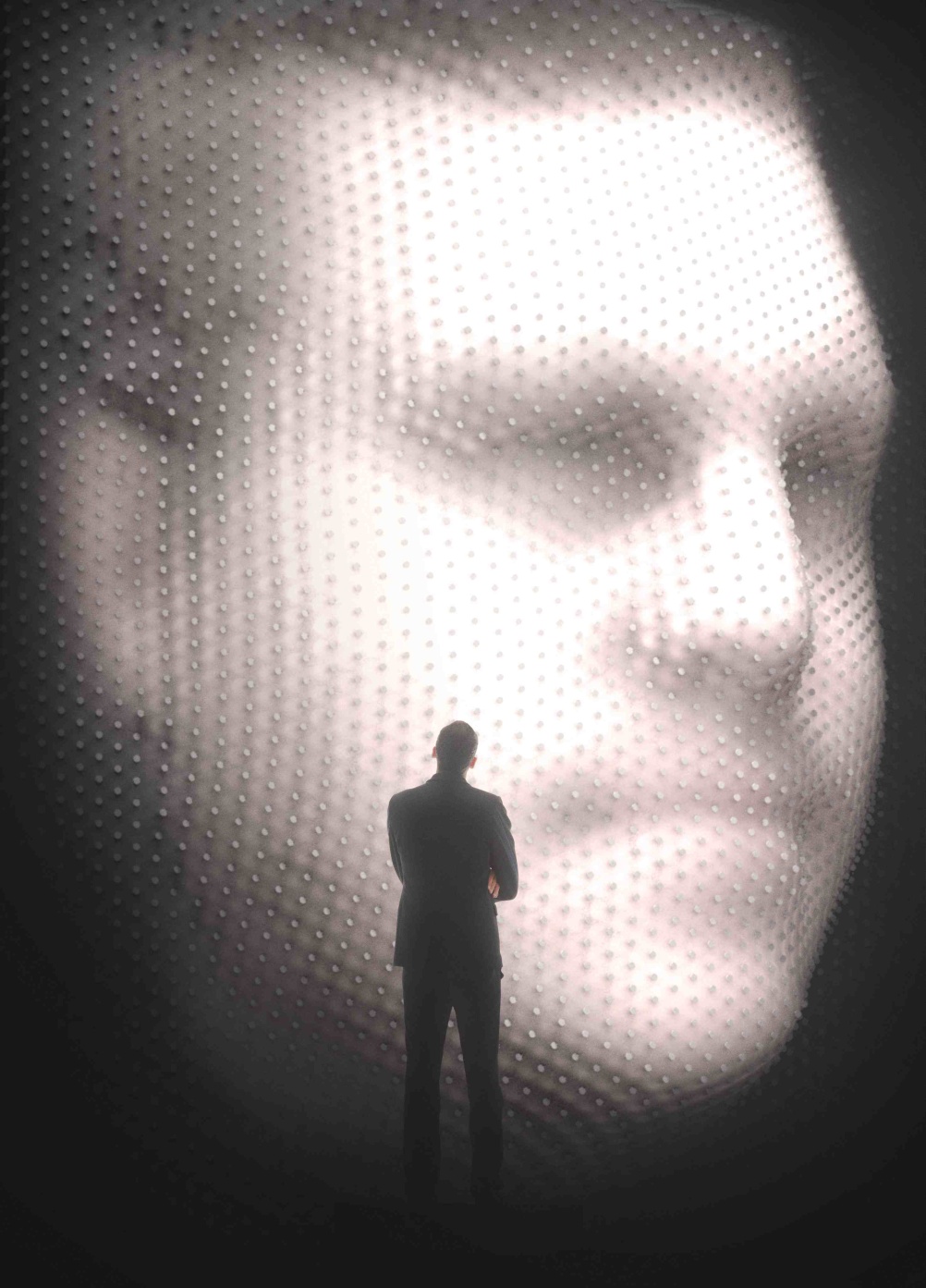Asif Khan designs ‘a Mount Rushmore of the digital age’ for Sochi Winter OIympics
Architect Asif Khan has designed a façade for the 2014 Winter Olympics Pavilion in Sochi, dubbed ‘a Mount Rushmore of the digital age’.

The façade will appear as the centerpiece of the pavilion of the Russian telecom operator MegaFon at the Olympic park, and will take the form of a kinetic and interactive structure that displays the faces of visitors as changing three-dimensional portraits.
The piece, called MegaFaces, takes images captured of visitors in 3D photo booth-like devices, which will be situated at the Olympic park and at selected MegaFon branches. The booth captures five images of the visitor’s face simultaneously from slightly different angles to assemble a 3D image, which will then be displayed for 20 seconds on the façade.

Participants can watch the exact moment when their face appears on the facade via a website and they receive a personal, 20-second video.
Due to the constantly shifting nature of the images, the piece will see the faces form, disappear and morph into a new image.
Khan realized the project with design and engineering group iart, which he worked with on the Coca-Cola Beatbox Pavilion at the London 2012 Olympic Games.

Valentin Spiess, iart chief executive and chief engineer of the MegaFaces façade, says, ‘In December 2012 Asif Khan called to tell me about an architectural competition for the Russian telecom operator MegaFon for the Winter Olympic Games in Sochi.
‘Asif had the idea of a facade capable of displaying human faces and asked if I would help. It sounded like an exciting challenge, so of course I agreed. Only afterwards it became clear that the facade was supposed to show faces in the third dimension, thus had to be able to change shape and to do so approximately every fifteen seconds! A real challenge.’
Khan and iart collaborated to create a bespoke system that uses a fast 3D scanning process based on a photographic scanning approach, bypassing the current technology that requires sitters to remain still for at least a minute in order to capture a 3D image.
Spiess says, ‘We have evaluated and tested four different technologies. Major challenges were for example the digitisation of hair, including beards, or the scanning of different skin types.’
‘The system that we needed was not available on the market, and so we ended up building it ourselves after all.’
The facade is built in a modular way so that it can be dismantled and set up again at a new location, meaning possible reuse after the Winter Olympic Games. The pavilion will open on7 February.
-
Post a comment




